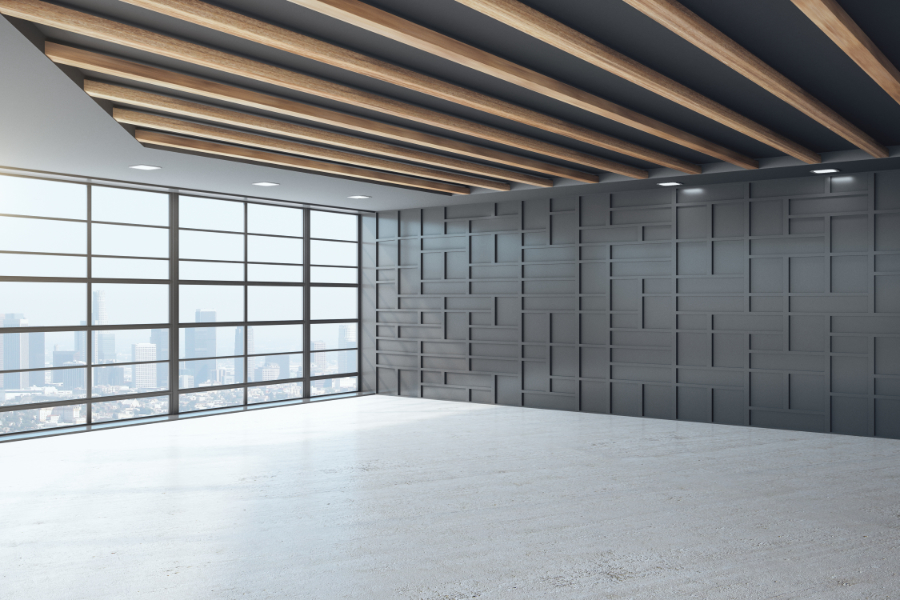In this article, you'll learn:
- How subleasing can help you save money on office space.
- Why subleasing may be your only option in fully leased buildings.
- The benefits and potential challenges of taking over an existing lease.
- How subleasing can offer short-term flexibility with opportunities for lease extensions.
Believe it or not, the leasing market is actually two markets in one. Most of the space that you see on the market is traditional "direct" space where you (or, hopefully, your tenant representative) work with the landlord to create a relationship that leads to your company leasing space in his or her building. At the same time, there is also a sublease market where you can rent spaces that some other tenant has already leased. Being a subtenant can be a great option for your company, so your company may choose to including subleases in your next search.
What's Sublease Space?
Think about how your company uses its leased space. You find a building and a market that works, and you move your team members in. However, what happens if your needs change? You might need more space. Or less space. Or to be in a different part of town (or a different part of the world). If these changes happen at the same time as your lease expiring, acting on them is relatively easy. You move out of the space, find something new, and keep operating.
But what do you do if your needs change and you have four years left on your lease? If it's that you have a small shift in headcount, you can either make do with some empty space or squeeze in a few more desks. A more significant change -- like shutting down an office -- could leave you with useless and expensive space. Subleasing out your space means finding someone to pay rent for your space. Their money pays your landlord, so that you can make the changes that you need without having to pay the full cost of space that you aren't using.
Saving Money
The primary reason that many companies look at sublease space is that it's usually cheaper than finding new space. Since the original tenant is stuck holding the bag on their lease, it's common for them to offer a discount to find someone to pay something. At the same time, since it's harder to negotiate terms with a landlord to customize things for yourself, the as-is nature of subleases is another reason that you can usually get a discount relative to the direct market.
Getting Into Full Buildings
Sometimes, taking sublease space won't save you any money. In a full building, the only way that you can get into the door is by looking on the sublease market. In these instances, the sublease space could actually cost more than the broader market, but like paying extra for tickets to a sold-out event, if you want to be in the building, you might not have any other choice.
Subleases Are Better Than They Seem....
The benefit of a sublease hides a couple of drawbacks. Since you're taking over someone else's lease, you are stuck with its terms, and you might end up having to move out when it expires, which could happen soon. If you want a short-term lease, this isn't a problem. But if you want a long-term lease, it might seem like it could be one.
However, realize that once you are in the space, you aren't just solving a problem for the previous tenant. You're also giving the landlord a gift since he or she knows that the tenant paying them rent actually wants to be in the building. This gives you a leg up on negotiating term extensions or renewals. And while those might bring your rent back to market, you'll still have enjoyed any savings that you realized during your subtenancy.
As you can tell, taking sublease space can add some complexity to the site selection process. But if you get some professional help, keep an open mind, and survey the entire market, including sublease space can help you find your next perfect office.
Subscribe to our blog for more CRE tips!







